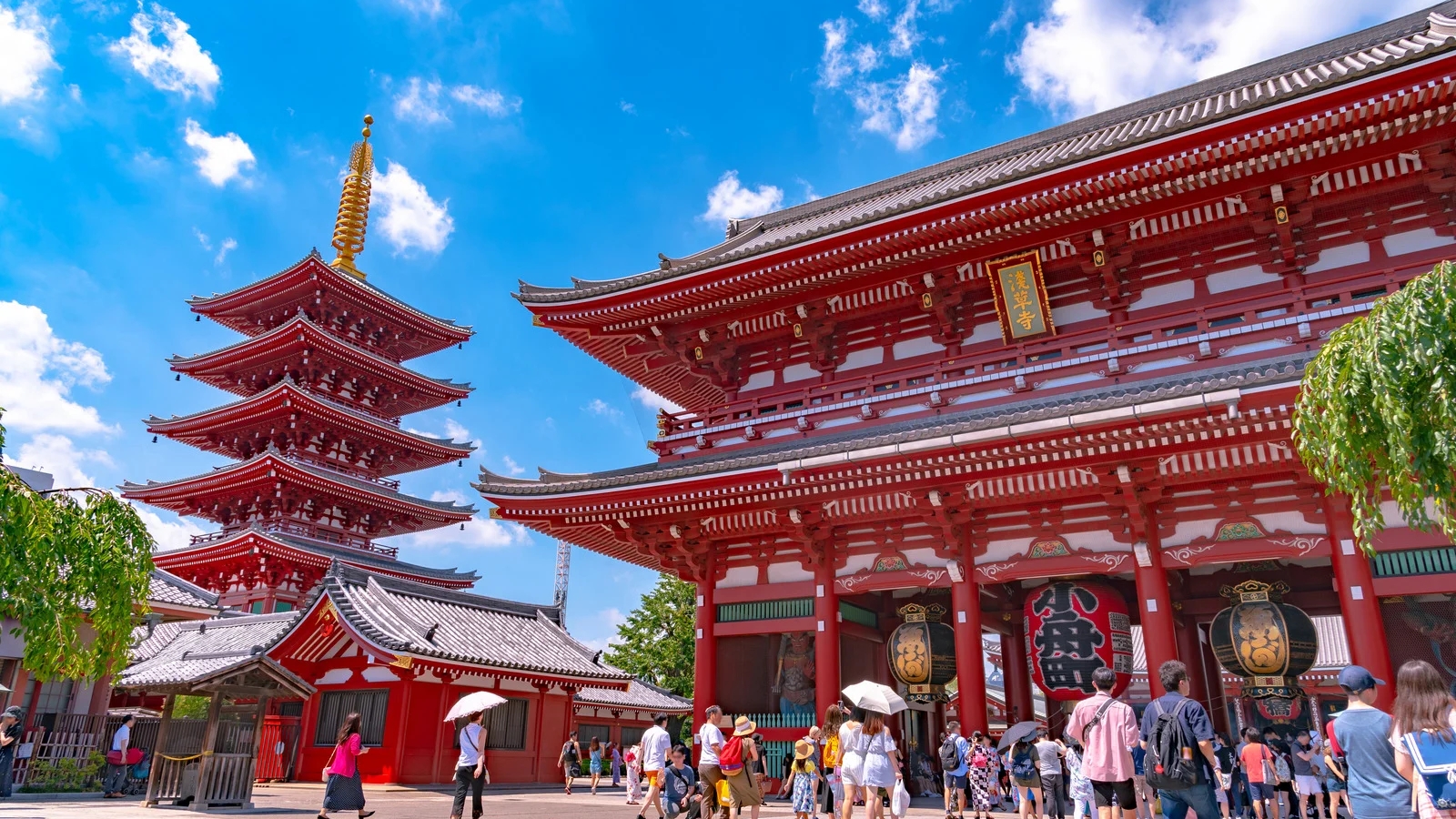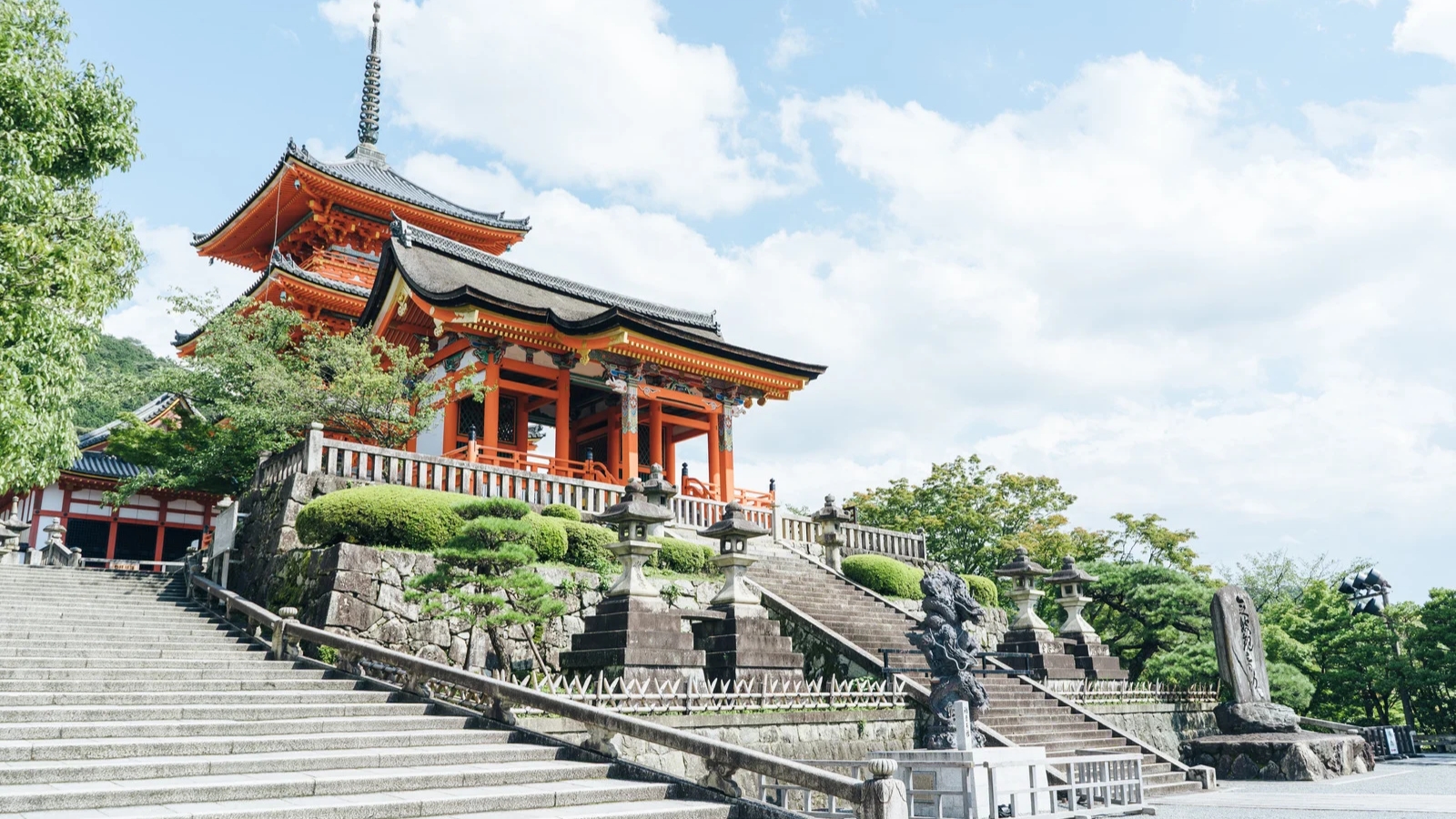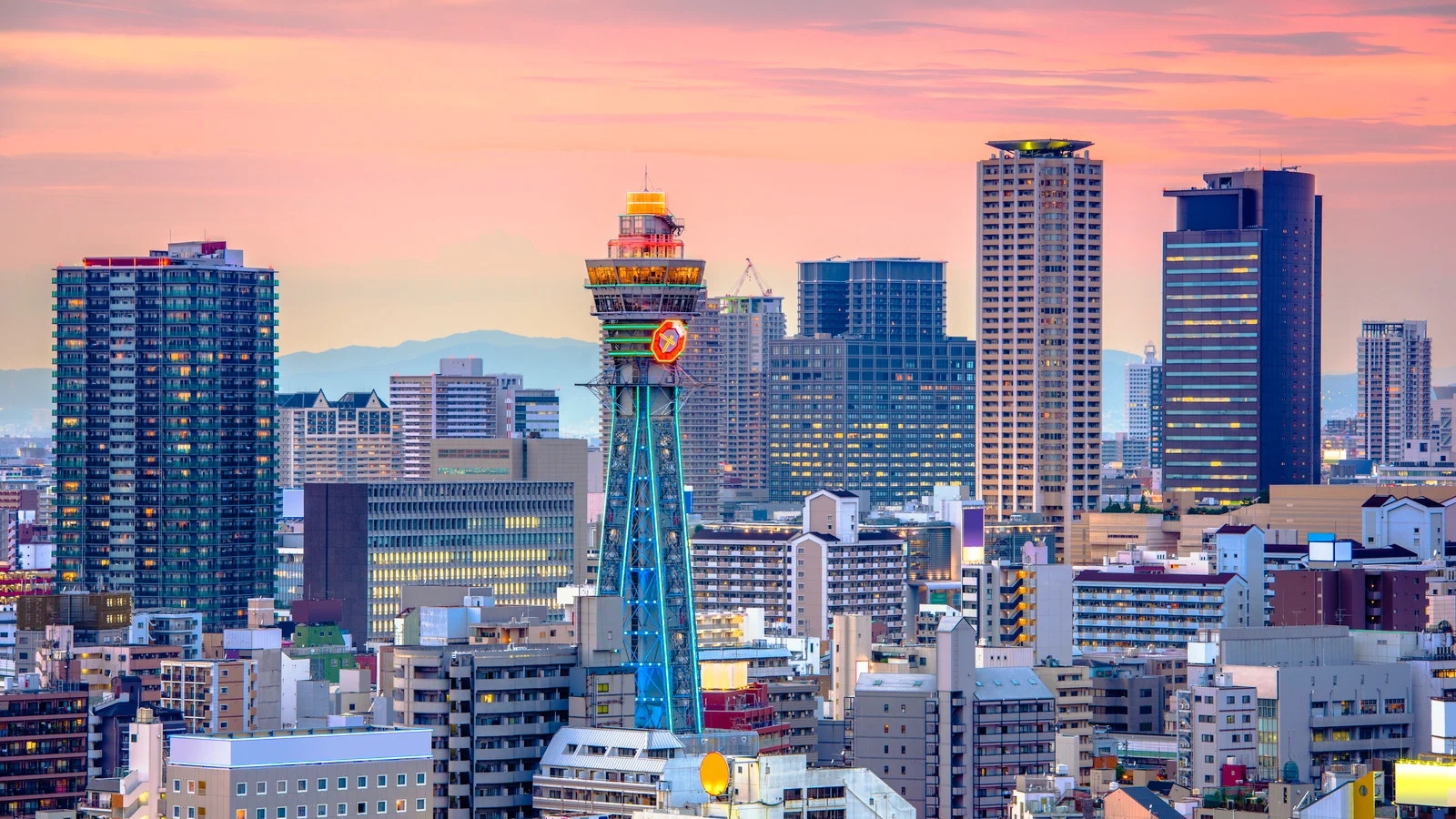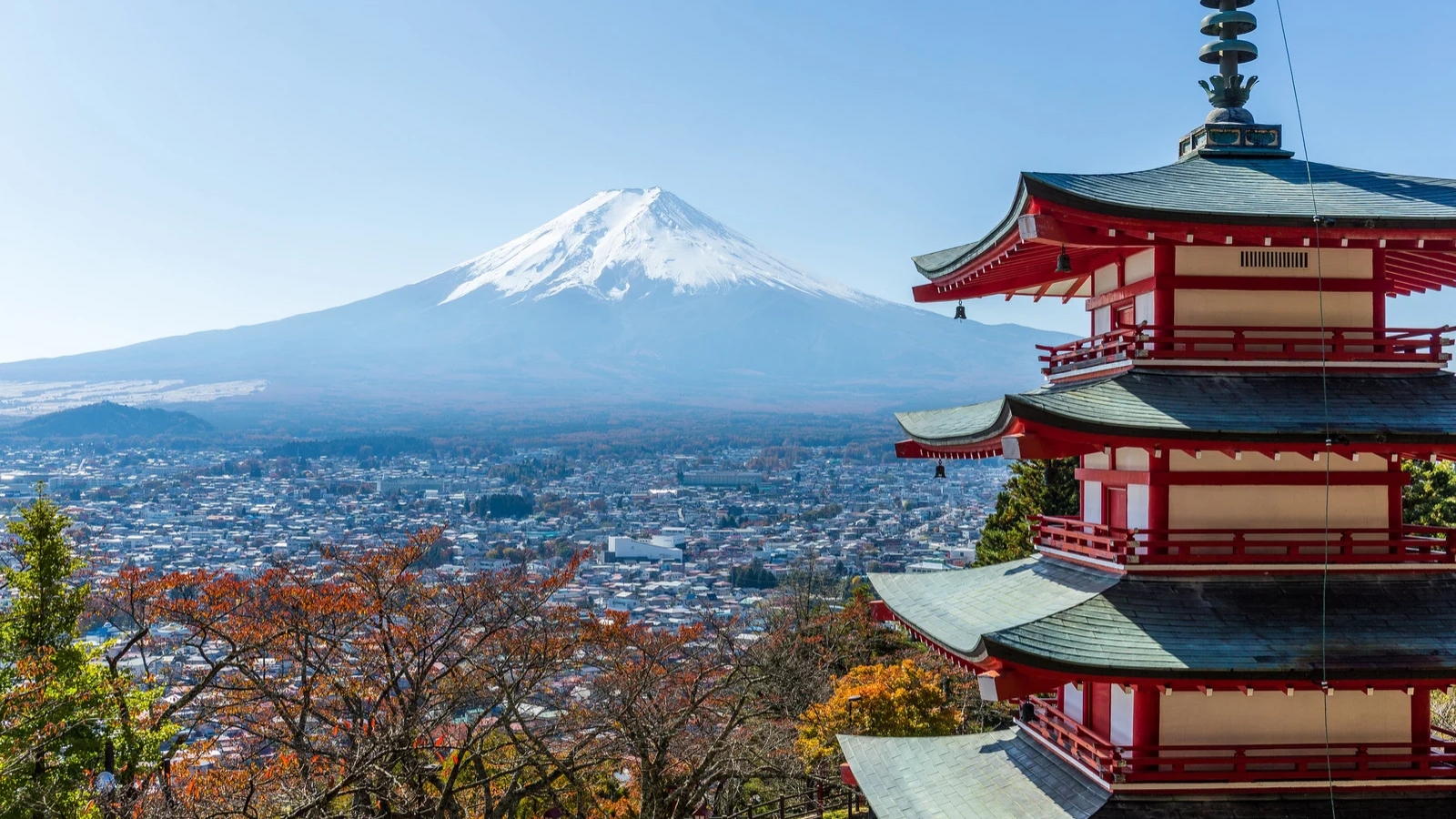Visiting Japan can feel like stepping into another dimension where centuries-old traditions coexist with futuristic cities. One moment, you’re sipping matcha in a quiet tea house; the next, you’re dodging neon-lit arcades and robot restaurants in Tokyo. For American travelers, Japan offers a balance of comfort and wonder—it’s modern enough to feel easy, yet different enough to feel adventurous.
The journey can feel overwhelming at first. From deciphering train routes that look like spaghetti maps to figuring out whether to bow or shake hands, questions pile up quickly. But with a bit of preparation, Japan becomes one of the smoothest and most rewarding destinations to visit. Locals are famously polite, the infrastructure is world-class, and the food will spoil you forever.
This guide covers everything from where to stay and what to see to how to make the most of your trip. To make planning simpler, we’ve highlighted recommended hotels and experiences that you can book ahead of time.
Where to Stay
- Park Hyatt Tokyo, Shinjuku
- The Ritz-Carlton, Kyoto
- Hotel Granvia, Osaka
- Hoshinoya, Fuji Glamping Resort
Experiences to Try
- Tokyo Sumo Wrestling Tournament Tickets
- Day Trip to Mount Fuji and Lake Kawaguchi
- Kyoto Traditional Tea Ceremony Experience
- Osaka Street Food and Night Market Tour
Tokyo
Tokyo is often the first stop for American tourists and for good reason. It’s a megacity that somehow manages to be both orderly and buzzing with life. Think quiet subway cars followed by the sensory overload of Shibuya Crossing. It’s a city that wears two faces: businesslike efficiency and playful eccentricity.
How to Get to Tokyo
Most flights from the U.S. land at Narita International Airport, about an hour from central Tokyo, or Haneda Airport, which is closer to the city. Trains, buses, and airport limousines provide easy transfers into the city center. The JR Narita Express is fast and efficient, dropping you into Shinjuku or Tokyo Station without hassle.
Where to Stay
For a luxury stay, Park Hyatt Tokyo is iconic, with panoramic views of Mount Fuji on clear days and a bar made famous by the movie “Lost in Translation.” Travelers who prefer modern elegance should consider the Andaz Tokyo Toranomon Hills. For budget-conscious visitors, capsule hotels like Nine Hours Tokyo provide a futuristic yet affordable experience.
Best Things to Do in Tokyo
Start with Shibuya Crossing, then wander Harajuku for its quirky fashion and sweets. History lovers should head to Asakusa to visit Senso-ji, Tokyo’s oldest temple. If you’re a foodie, don’t miss a sushi breakfast at Toyosu Fish Market or join a street food tour in Shinjuku. For a dose of pop culture, Akihabara delivers everything from anime shops to giant arcades.
Kyoto
If Tokyo is Japan’s high-speed heartbeat, Kyoto is its quiet soul. Once the imperial capital, it’s famous for temples, gardens, and tea houses that seem frozen in time. Imagine strolling through bamboo groves, hearing the rustle of leaves while a kimono-clad figure passes by—it’s a scene straight out of a postcard.
How to Get to Kyoto
The fastest way is to fly into Osaka’s Kansai International Airport and take a direct train to Kyoto in about 75 minutes. From Tokyo, the Shinkansen bullet train makes the trip in just over two hours, offering a smooth ride with Mount Fuji views along the way.
Where to Stay
Luxury seekers can book The Ritz-Carlton Kyoto, which blends modern comfort with traditional design along the Kamogawa River. Boutique stays like Gion Hatanaka offer tatami mats and futons for a traditional ryokan experience. For those wanting privacy, VRBO has historic machiya townhouses where you can live like a local.
Best Things to Do in Kyoto
Start your day at Fushimi Inari Shrine, famous for its thousands of red torii gates. Visit Kinkaku-ji, the Golden Pavilion, where the reflection of the temple shimmers in the pond. Nature lovers will adore the Arashiyama Bamboo Grove. And for a cultural deep dive, join a tea ceremony led by a tea master, where you’ll learn the art of harmony in every sip.
Osaka
If Kyoto is graceful and Tokyo is polished, Osaka is loud, fun, and a little mischievous. Known as Japan’s kitchen, this city is where you’ll eat until you can’t move, laugh with friendly locals, and explore a nightlife that rivals any global hub.
How to Get to Osaka
Kansai International Airport is the main entry point, connected to Osaka by JR trains and buses in under an hour. If you’re already in Kyoto, the trip takes just 15 minutes by bullet train, making it an easy day trip or base for exploring the Kansai region.
Where to Stay
Centrally located Hotel Granvia Osaka is renowned for its convenience, situated right above Osaka Station. For luxury, the St. Regis Osaka offers impeccable service and stylish rooms. Budget travelers can find modern hostels around Namba or budget-friendly VRBO rentals close to the nightlife.
Best Things to Do in Osaka
Start with Osaka Castle for a dose of history, then head to Dotonbori, where neon signs light up the canals. Foodies should join an Osaka night market food tour to sample takoyaki and okonomiyaki. Families will love Universal Studios Japan, while shopaholics will get lost in the endless stores of Shinsaibashi.
Mount Fuji
Mount Fuji isn’t just a mountain—it’s a symbol. Seeing it rise above the clouds feels like meeting a celebrity in real life. While climbing Fuji is an adventure best for the summer months, most visitors enjoy the views from the surrounding lakes and villages.
How to Get to Mount Fuji
From Tokyo, take a bus from Shinjuku Station to Kawaguchiko, a lakeside town at the foot of Mount Fuji. The trip takes about two hours. Trains also run to Otsuki, where you transfer to the Fujikyu Railway for access to Fuji Five Lakes.
Where to Stay
For the ultimate experience, consider Hoshinoya Fuji, a luxury glamping resort with sweeping mountain views. Traditional ryokans like Konansou in Kawaguchiko offer hot spring baths with Fuji as the backdrop. Budget travelers can find guesthouses and hostels in the area, many with mountain views.
Best Things to Do in Mount Fuji
Take a boat cruise on Lake Kawaguchi for postcard-perfect views. For thrill-seekers, Fuji-Q Highland amusement park offers roller coasters with Fuji looming overhead. If you’d rather stay relaxed, book a guided day trip from Tokyo that covers the best viewpoints, shrines, and hot springs without the stress of planning.
Practical Tips for American Tourists
- Cash is still king: While credit cards are becoming more common, many restaurants and smaller shops prefer cash. ATMs in convenience stores like 7-Eleven are reliable.
- Learn basic phrases: A simple “arigato” (thank you) or “sumimasen” (excuse me) goes a long way. Locals appreciate the effort.
- Transportation passes: Consider a Japan Rail Pass if you plan on city-hopping. For local travel, IC cards like Suica or Pasmo make hopping on trains and buses seamless.
- Etiquette matters: Remember to take off your shoes before entering homes or certain temples. Avoid talking loudly on trains, and don’t tip—service is already included.
Conclusion
Japan has a way of surprising even the most seasoned travelers. Whether you’re gazing at neon skylines in Tokyo, walking under crimson gates in Kyoto, or slurping noodles in Osaka, the country leaves an imprint that lingers long after you return home. For American tourists, it’s a destination that balances the familiar with the extraordinary, offering both comfort and wonder.
Pack your curiosity, an open mind, and maybe a stretchy pair of pants for all the food. Japan is waiting, and it’s ready to give you stories you’ll be telling for years.




